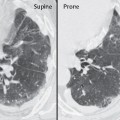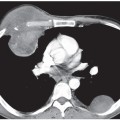CASE 73 65-year-old man with cough and chest pain PA (Fig. 73.1) and lateral (Fig. 73.2) chest radiographs demonstrate a roughly spherical mass of lobular contours in the left lung. Contrast-enhanced chest CT (mediastinal window) (Figs. 73.3, 73.4) demonstrates a heterogeneously enhancing mass with irregular central low attenuation, representing necrosis. The mass abuts central bronchi medially (Fig. 73.4) and the adjacent pleura laterally. Lung Cancer; Invasive Adenocarcinoma • Lung Cancer; Other Cell Types • Other Primary Malignant Neoplasm • Lung Abscess • Solitary Metastasis (rare) Fig. 73.1 Fig. 73.2 Fig. 73.3 Fig. 73.4 Lung cancer is the most frequent primary malignancy of the lung and the most common fatal malignancy of men and women in the United States. Four principal cell types (adenocarcinoma, squamous cell carcinoma, small cell carcinoma, and large cell carcinoma) are recognized, but multi-differentiated tumors also occur. Adenocarcinoma is the most frequently diagnosed cell type of lung cancer. It typically manifests as a peripheral mass in the lung parenchyma, but central neoplasms also occur. Lung cancer is strongly associated with exposure to inhaled carcinogens, particularly cigarette smoke. While all cell types are related to cigarette smoking, adenocarcinoma exhibits a weak association and is the most common cell type diagnosed in non-smokers and in women. Lung cancer is also associated with exposure to occupational and environmental agents such as asbestos and radon. Conditions characterized by pulmonary fibrosis (such as usual interstitial pneumonia and progressive systemic sclerosis) are associated with an increased incidence of lung cancer, particularly adenocarcinoma. Atypical adenomatous hyperplasia (AAH) and mucinous and non-mucinous adenocarcinomas in situ (AIS) are pre-invasive or precursor lesions of adenocarcinoma. AAH is most common in women and is found most frequently in cancer-bearing lungs, particularly in association with adenocarcinoma. Epidermal growth factor receptor (EGFR) is a cell surface receptor that may be overexpressed in adenocarcinoma of the lung. Cell types of invasive adenocarcinoma include lepidic predominant, acinar predominant, papillary predominant, micropapillary predominant, and solid predominant adenocarcinomas.
 Clinical Presentation
Clinical Presentation
 Radiologic Findings
Radiologic Findings
 Diagnosis
Diagnosis
 Differential Diagnosis
Differential Diagnosis
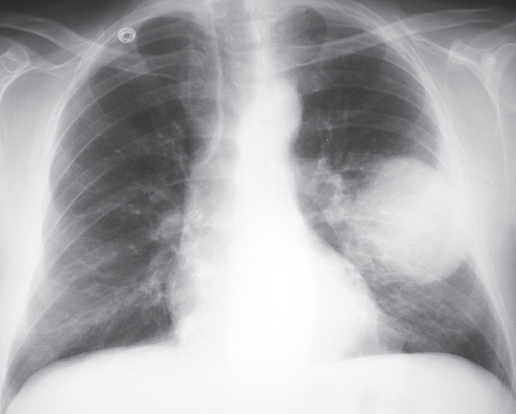
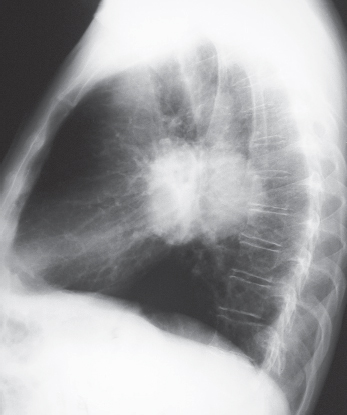
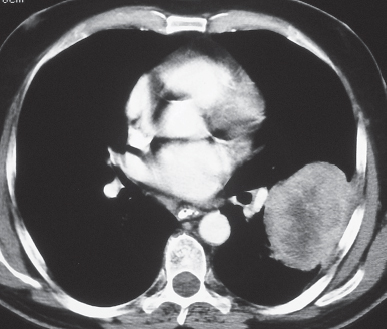
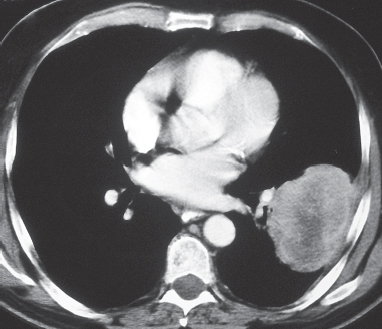
 Discussion
Discussion
Background
Etiology
Clinical Findings
![]()
Stay updated, free articles. Join our Telegram channel

Full access? Get Clinical Tree


Radiology Key
Fastest Radiology Insight Engine



